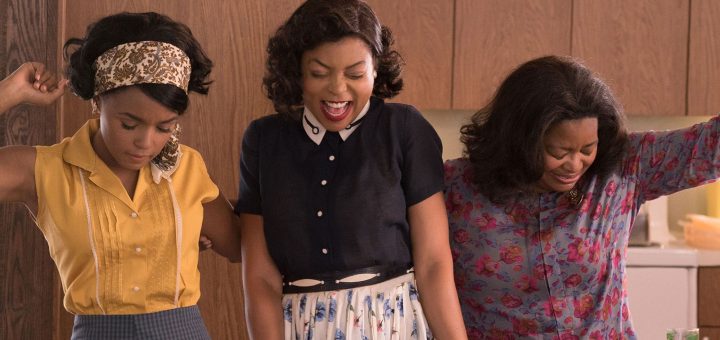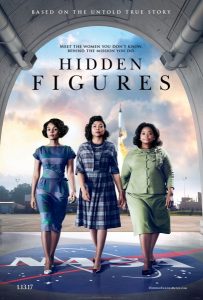“Hidden Figures” explores unsung American heroes

By Alexander Throndson, Contributor
It’s that time of the year again: With the Oscars in two weeks, studios are pumping out prestige biopics in droves where the most talented stars strive for awards recognition in formulaic historical narratives. The Theodore Melfi-directed Hidden Figures, like many others of its kind, wraps a milestone of social progress into an uplifting crowd-pleaser. While it ticks off all the expected boxes of the inspirational biopic genre, the film’s performances and general energy are significantly more entertaining than the norm, and the film’s cross-section of scientific and social progress has some legitimate insight behind it.
In the early 1960s, three African-American women working at NASA strive to further their careers and provide inroads for African-American women in the organization. Mary Jackson (Janelle Monae) fights for the right to get the education required to become a NASA engineer, math genius Katherine Johnson (Taraji P. Henson) struggles against racism when she’s reassigned to the Spacecraft Controls Branch and Dorothy Vaughan repeatedly applies to become the supervisor of the West Area Computers branch, a role she already fills without the title.
While Janelle Monae brings energy to her excellent performance, she isn’t alone, as the entire cast brings their A-game. With the exception of Jim Parsons, whose typical performance demonstrates his lack of range, all of the performances are absolutely terrific. Taraji Henson and Octavia Spencer breathe a lot of life into their characters and Mahershala Ali continues his push towards becoming a household name as the love interest in Johnson’s cheesy-yet-entertaining romantic subplot. That Monae, in only her second film role, stands out among several established performers speaks to a bright future for her film career.
The acting is one of the film’s many surface pleasures, and coupled with a solid sense of humour and a satisfyingly uplifting plotline, it makes the film thoroughly entertaining on top of its compelling themes, but these are all occasionally brought down to earth because of its fealty to the cliches of the genre. Melfi is content to simply leave most of the heavy lifting to the performers, and gives both Monae and Henson a scene where they have a big, important speech to all but shout, clearly to garner the attention of awards voters. Nowhere else are the biopic cliches quite as conspicuous, but neither does the film ever make even the slightest effort to stray from the familiar beats. That the movie is able to distract from them more often than not is largely thanks to its smooth handling of both its themes and its characters, the former of which are genuinely satisfying and the latter of which are able to appear both heroic and authentically human-as well as the small details which bring the setting to life.
Hidden Figures does little to break the inspirational biopic mold, but it is a reminder of why many of the genre’s cliches have become so well-worn, and it demonstrates how genuinely entertaining and satisfying a film like this can be at its best. In spite of not being the freshest or most creative handling of this material, the fact that these legitimate American heroes are having their stories expressed to audiences who might not have known about them is great on its own, and that it’s such an energetic and emotionally satisfying telling of the story makes it all the better.




